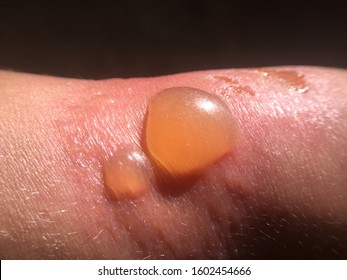

white discoloration within the burned area of skin.swelling and blistering over a large area.skin that is deep red, especially on light skin.A person with second degree sunburn may notice the following symptoms: It may take weeks to heal and may need specialist treatment. Second degree sunburn may penetrate the skin’s outer layer and damage the layer beneath, which is called the dermis. Lightly bandage any blistered areas to prevent infection, and apply antiseptic ointment or hydrocortisone cream to the affected area.Apply moisturizing cream, aloe vera, or over-the-counter hydrocortisone cream to the affected area.Avoid sun exposure until the sunburn has healed.Apply cool compresses to the affected area.Stay hydrated by drinking plenty of water.Take paracetamol, ibuprofen, or acetaminophen to relieve any pain, headaches, or fever.In the meantime, people with sunburn can try the following to help ease the symptoms: These include headaches, raised temperature, fatigue, and nausea.įirst degree sunburn may take up to a week to heal.

Other symptoms may also accompany first degree sunburn.
redness, which is more apparent on light skinĪ person may also experience peeling skin around 3–8 days after exposure. Move a burned leg or arm normally to keep the burned skin from healing too tightly, which can limit movement.First degree sunburn damages the skin’s outer layer and will heal by itself, usually within a few days.Ī person with first degree sunburn may notice the following skin symptoms, usually about 4 hours after exposure to sunlight: If the burn is on a leg or an arm, keep the limb raised as much as possible for the first 24 to 48 hours to decrease swelling. Be sure to follow the instructions included in the package. There are many non-prescription burn dressings available. Do not tape a bandage so that it circles a hand, arm, or leg. Wrap the burn loosely to avoid putting pressure on the burned skin. Be sure to read the product label for correct use. There are many bandage products available. If a bandage is stuck to a burn, soak it in warm water to make the bandage easier to remove. To further help prevent infection, apply a clean bandage whenever your bandage gets wet or soiled. If the burned skin or blisters have broken open, a bandage is needed. If the burned skin or unbroken blisters are likely to become dirty or be irritated by clothing, apply a bandage. If the burned skin or blisters have not broken open, a bandage may not be needed. Do not put sprays or butter on burns, because this traps the heat inside the burn. Pat the area dry with a clean cloth or gauze. Some of the burned skin might come off with washing. Gently wash the burn area with clean water. Do not touch the burn with your hands or anything dirty, because open blisters can easily be infected. Wash your hands before cleaning a burn. Take off any jewellery, rings, or clothing that could be in the way or that would become too tight if the skin swells. Do not use ice or ice water, which can cause tissue damage. Apply cool compresses to burns on the face or body. Place arms, hands, fingers, legs, feet, or toes in a basin of cool water. The cool water lowers the skin temperature and stops the burn from becoming more serious. 
Rinsing will usually stop the pain in 15 to 30 minutes. Rinse burned skin with cool water until the pain stops.For many second-degree burns, home treatment is all that is needed for healing and to prevent other problems.







 0 kommentar(er)
0 kommentar(er)
